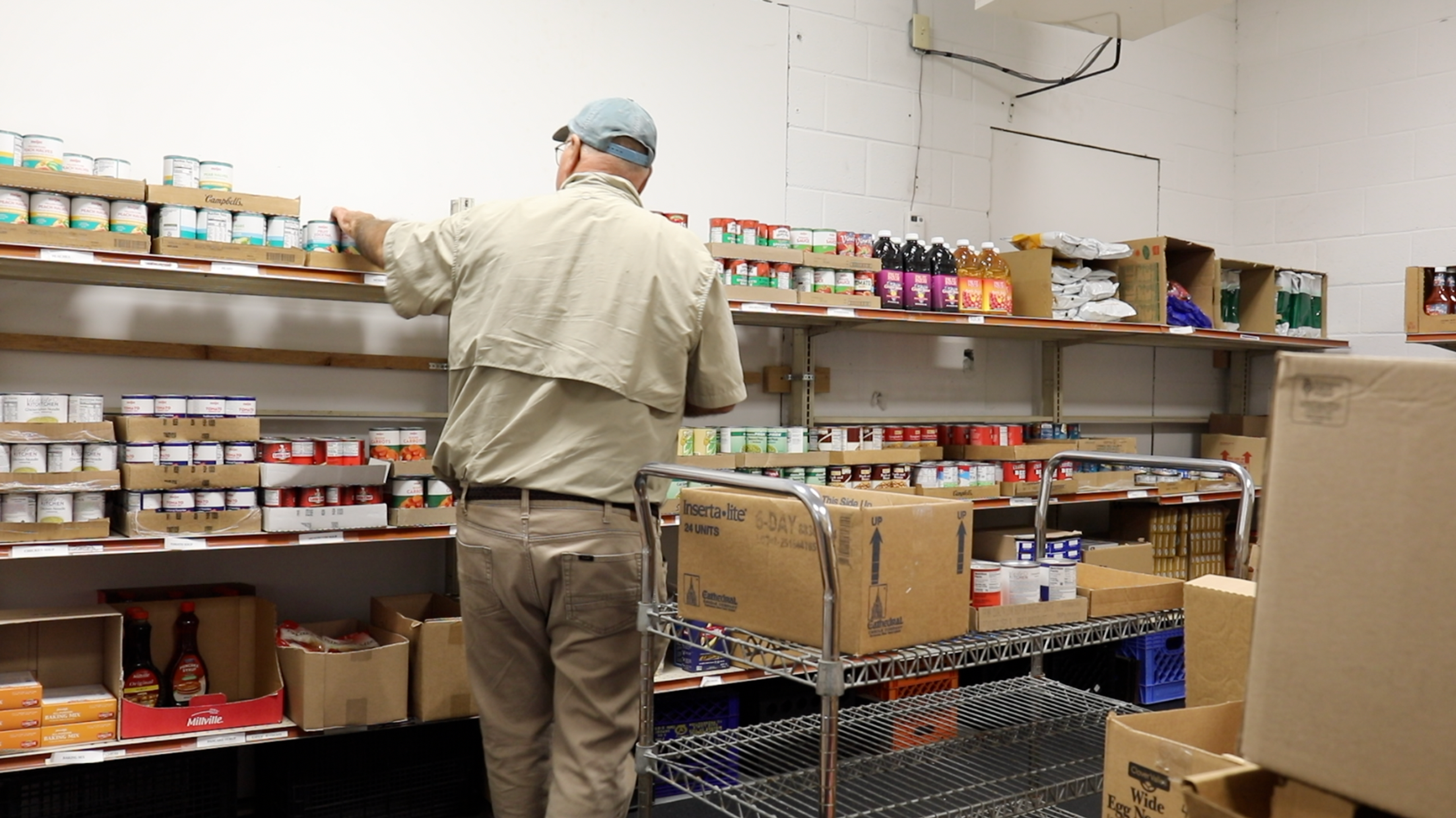Learning More About Blue Cross’ Opioid Task Force

Duane DiFranco, M.D.
| 2 min read
Duane J. DiFranco, M.D., is a senior medical directo...

It may come as no surprise to some that the opioid epidemic was declared a national public health emergency last month. Overdose deaths in Michigan have tripled in the last five years and have become the leading cause of accidental death among Americans under the age of 50. This public health issue is growing at an alarming rate. Every day, more than 1,000 people are treated in emergency departments for misusing prescription opioids, such as hydrocodone (Vicodin) or oxycodone (Oxycontin). As Michigan’s largest health insurer with a strong social mission, Blue Cross Blue Shield of Michigan has a responsibility to address the epidemic. In addition to the significant efforts already underway, Blue Cross has created an internal task force to coordinate and advance its efforts to help make a difference. The task force includes representatives from across the company to ensure a comprehensive and coordinated approach to tackling the issue. Task Force Goals The task force is addressing the opioid issue by identifying current and future efforts that make a difference. Blue Cross’ overall goal is to establish a comprehensive plan that helps prevent opioid abuse and continues collaboration with providers, enabling them to better identify patients with opioid use disorders and more effectively treat them. The team is working to:
- Seek opportunities to educate providers and members
- Enhance access to high-quality treatment
- Fight fraud and abuse
- Advocate to improve state and federal laws
- Provide support for innovative community coalitions that are addressing the crisis
- Champion a communications effort to educate the public, the media and members
Task Force Efforts Blue Cross has been quite purposefully active in battling the opioid epidemic for several years now. Its comprehensive efforts have included:
- Robust pharmacy management programs
- Enhanced access to high-quality treatment
- Public advocacy at the state and national levels
- Dedicated social mission and communications campaigns
The task force will expand on these existing efforts to help members, and hopefully all Michiganders, deal with the growing opioid epidemic. Key Results Clinical programs have produced encouraging results. For example, Blue Cross’ ePrescribing rate has tripled in the last year and a half. Since 2014, use of the “triple threat” drug cocktail, a drug regimen that includes at least 1 opioid, a benzodiazepine, and carisoprodol, has decreased 76 percent. Opiate pill volume has fallen by over 250,000 pills, a 30 percent decrease, through the Doctor Shopper program. Fentanyl use has dropped by 42 percent. Photo credit: Kaje





